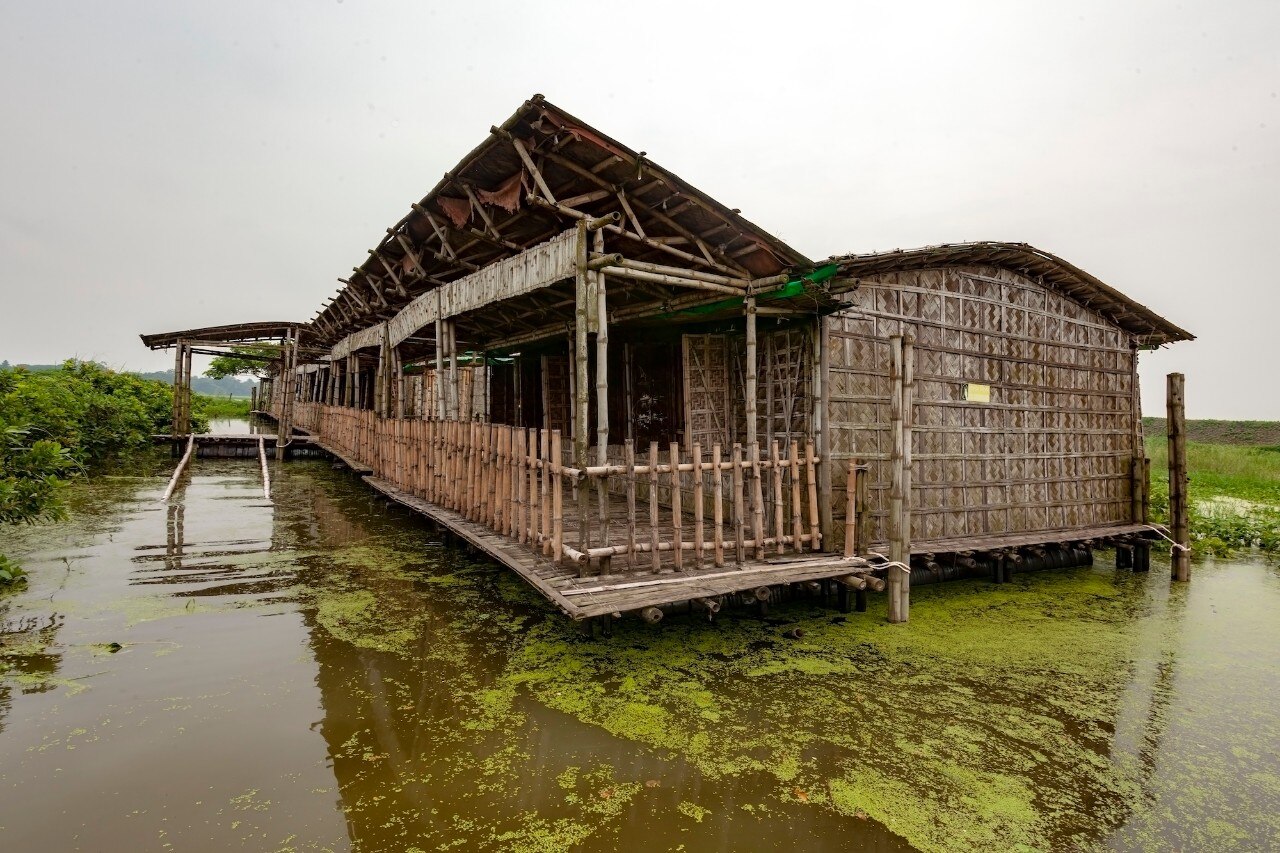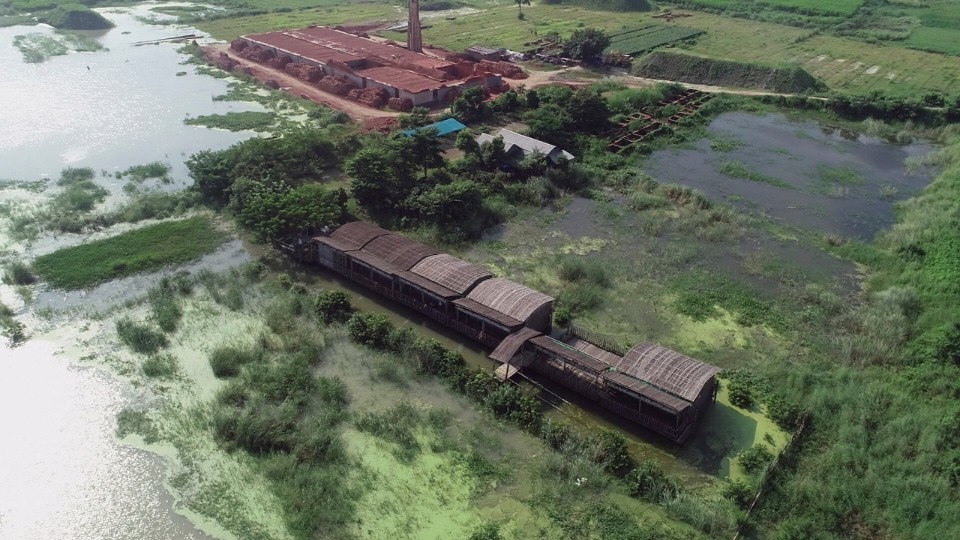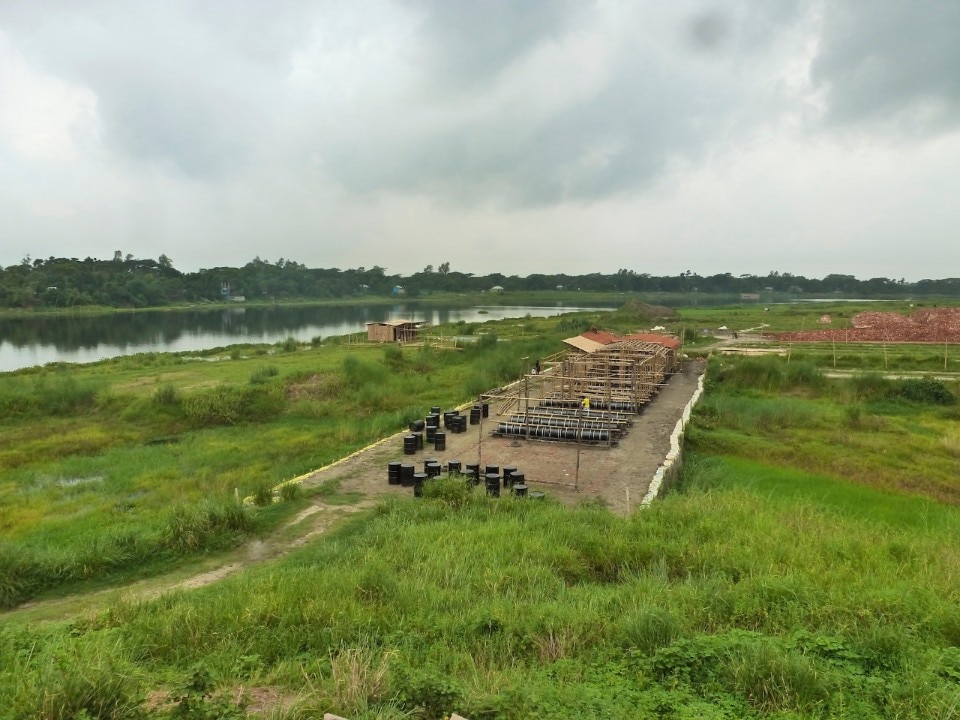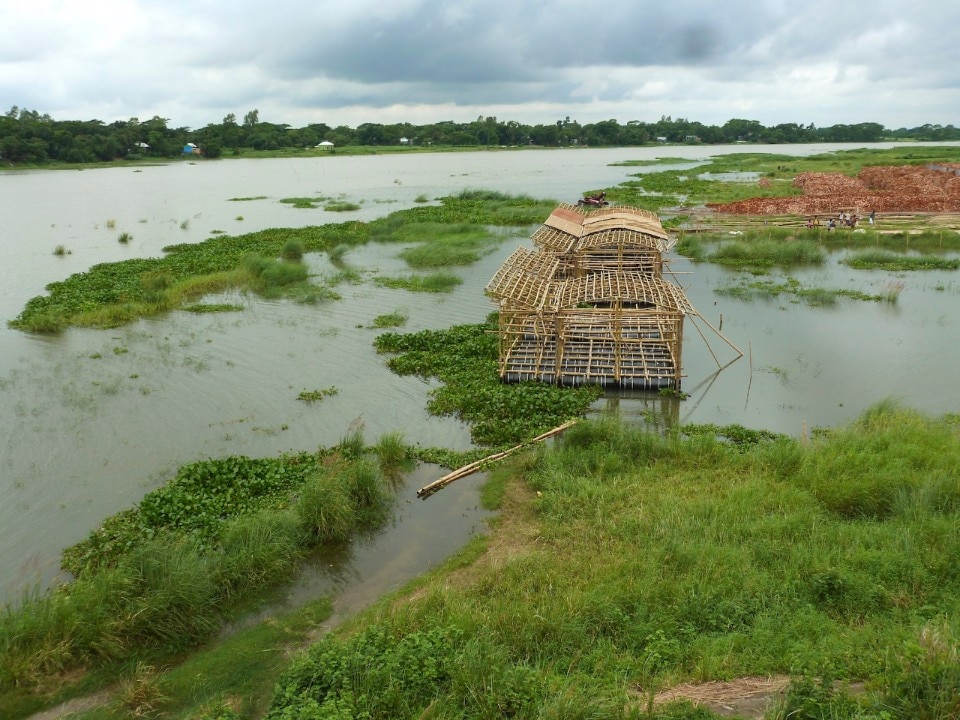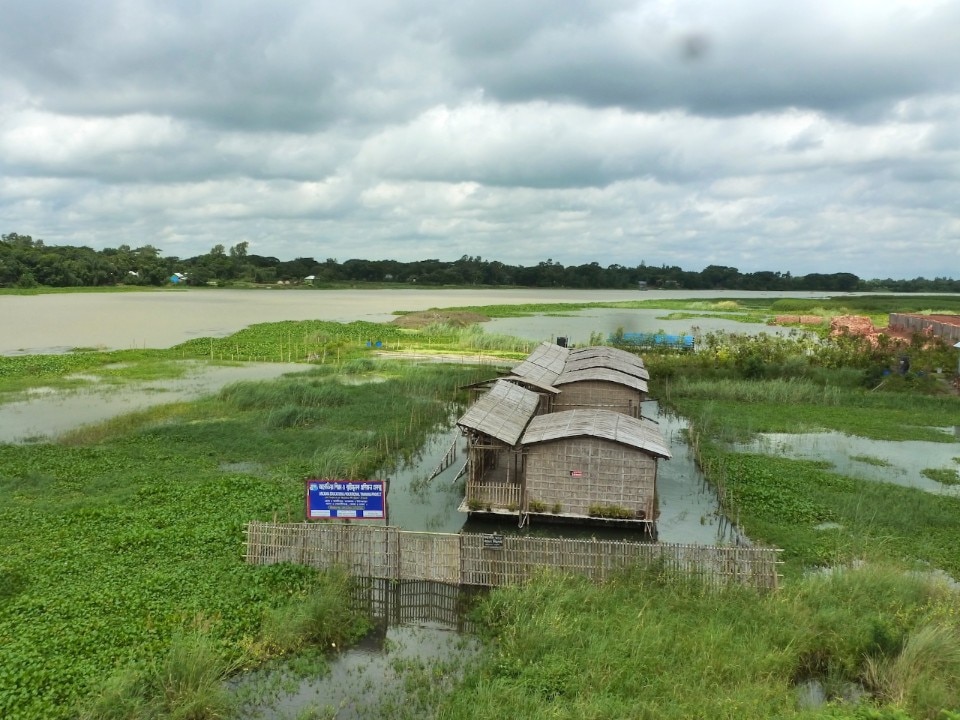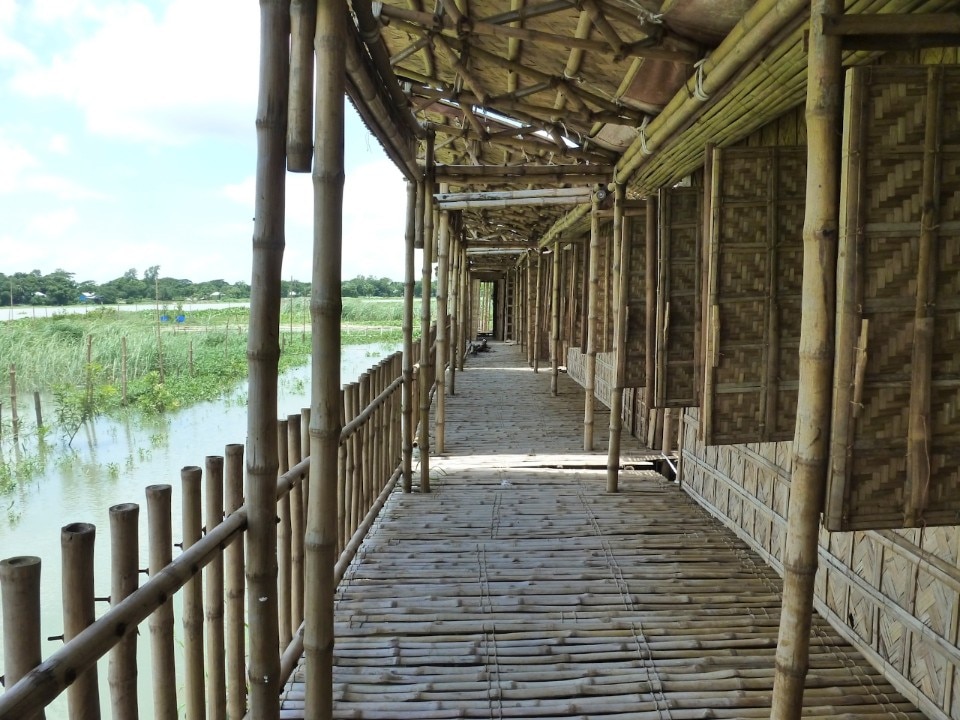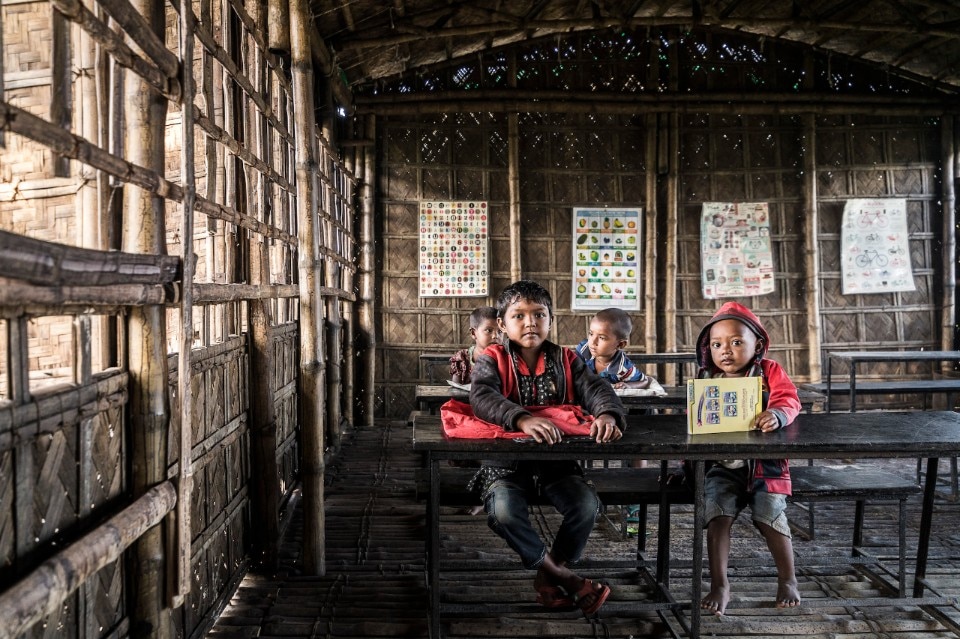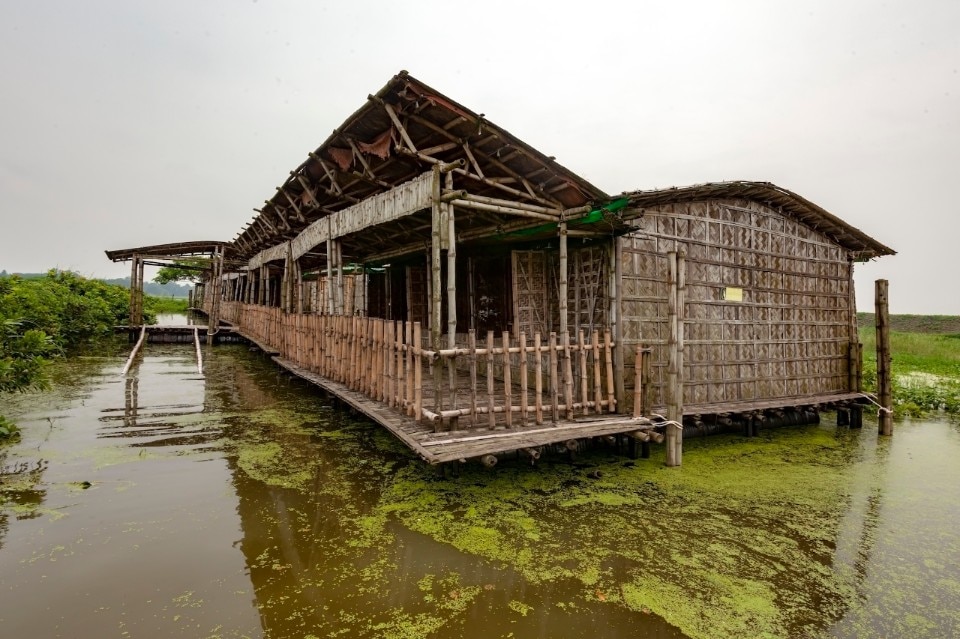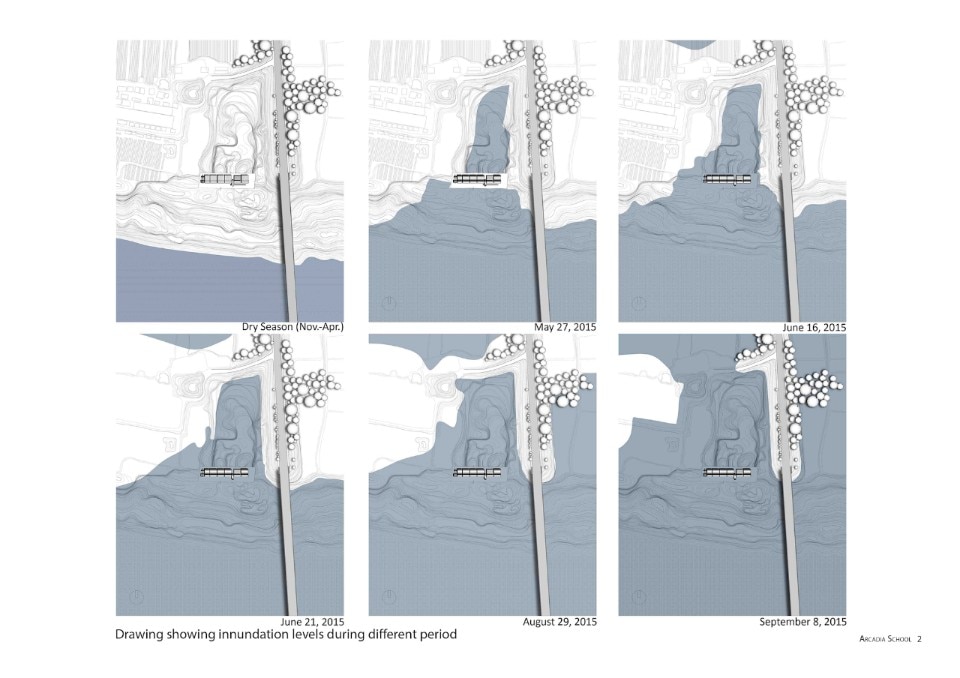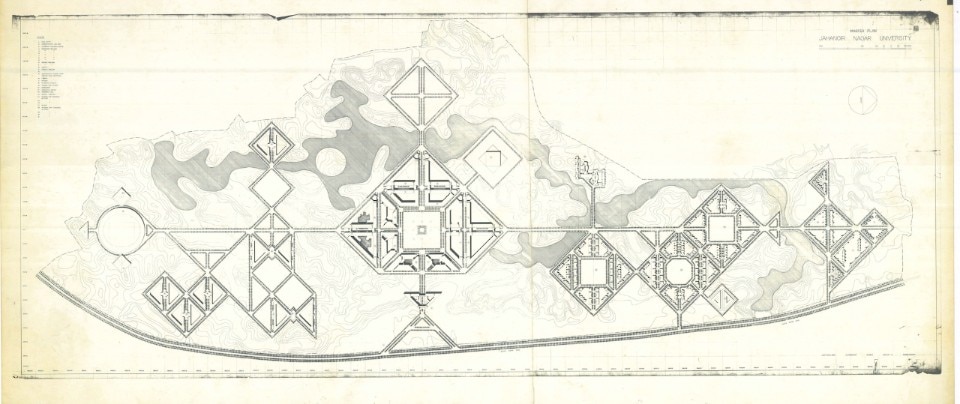This article was originally published in Domus 1050, October 2020.
Taken as an example, the modest and experimental Arcadia Education Project allowed us to reflect on the appropriateness of simple yet innovative solutions, worked within limitations, but with a wider view to it becoming a model for pathways to the future. Complex issues require in-depth understanding. Issues become concerns, concerns in turn become challenges, and challenges require carefully worked-out strategies to overcome them. Eventually, strategies become actions whose success or failure is intertwined with our happiness and sorrows.
Architecture in its initial stage of work is framed by issues and concerns gradually guiding us towards solutions that are judged and tested over time. The discussion of issues, concerns and challenges holds an important place in the evolution of architecture.
Issues
Of all the issues, the crisis of rapid global-warming-induced climate change has probably been the one most continuously talked-about over three decades. The issue in its making has a history of over two centuries of human actions broadly intended to improve the quality of human life. It has given rise to many concerns. The issue and its related concerns are being addressed by the world under the leadership of the United Nations with charted-out plans and time frames.
On the other hand, the very recent issue of the Covid-19 pandemic has caught the world totally off guard, and is also of grave concern. Though primarily affecting health and well-being, it has caused great disruption to the prevalent way of life in almost every country in the world. Without the presence of digital technology, it would have been difficult to keep life operational to the extent that it is now.
Both issues have existential implications and are connected to human actions, and thereby also to architecture. While the universality of the concerns is well established, it is in the ways of addressing them that efforts must go hand in hand. Human settlements and architecture in all forms and scales are essential parts of these efforts.
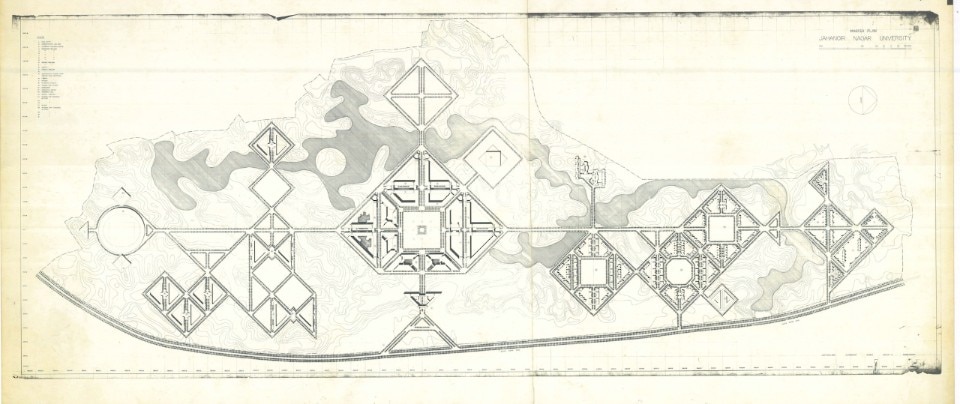
Challenges
Issues need deliberation and resolution, and concerns need mitigation. The magnitude of the mitigation task and the time frame for both climate change and the pandemic represent a huge challenge. Long and arduous negotiations led to the 2015 Paris Agreement and the continuation of the coordinated global effort in tackling the threat of climate change. Crucially, Article 2 reads:
1. This Agreement, in enhancing the implementation of the Convention, including its objective, aims to strengthen the global response to the threat of climate change, in the context of sustainable development and efforts to eradicate poverty, including by:
(a) Holding the increase in the global average temperature to well below 2 °C above pre-industrial levels and pursuing efforts to limit the temperature increase to 1.5 °C above pre-industrial levels, recognising that this would significantly reduce the risks and impacts of climate change;
(b) Increasing the ability to adapt to the adverse impacts of climate change and foster climate resilience and low greenhouse gas emissions development, in a manner that does not threaten food production; and
(c) Making finance flows consistent with a pathway towards low greenhouse gas emissions and climate-resilient development.
Without digital technology the pandemic would have caused more distress and disruption
2. This Agreement will be implemented to reflect equity and the principle of common but differentiated responsibilities and respective capabilities, in the light of different national circumstances.
The parties of the agreement are broadly classified as developed and developing countries, sharing the aims but with varying degrees of participation. Significant progress has been made since 2015, but the efforts received a setback in August 2019 when the USA communicated its decision to withdraw from the agreement.
As for the Covid-19 pandemic, the rapidity of contagion required emergency measures to contain the spread. The development of a Covid-19 vaccine is considered a measure of protection from infection, but the impact on the way we live will require further measures. Though painful, the experience of the pandemic is sure to leave us with important lessons for the future.
Translating all the general aspects of the above into challenges for architecture is again a critical task. The challenge is therefore of envisioning architecture in the light of these realities. For climate change, longer-term pathways have already been identified, covering the thematic areas of energy, human settlements, industry, land use, oceans and coastal zones, transport and water, and a cross-cutting area of resilience.
The pathways requiring unprecedented mobilisation are to help the stakeholders take actions by 2020, 2030 and 2050. Each of the thematic areas is linked to architecture and has implications for practice. Regarding the pandemic, the study and analysis of the experience will provide guidance for the future. Two important lessons already learnt from the pandemic are that we are capable of reducing consumption, which has a direct impact on climate change, and that without digital technology the pandemic would have caused more distress and disruption.
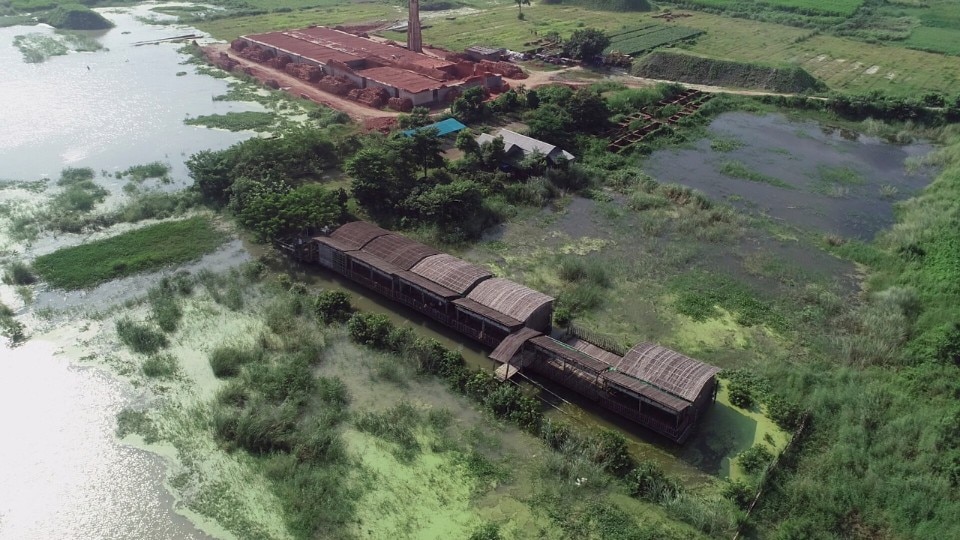
Way forward
It is evident that architecture is set for a change that will usher in a new architecture. It is no exaggeration to say that the actions set out by the Climate Action Pathways, along with the experience of Covid-19, will require nothing less than a reinvention of architecture. Many of the current practices are approaching redundancy and newer models are required to replace them. There are signs that architects have already geared up with efforts in the direction of climate change mitigation within nationally determined contributions.
The emerging view of the new architecture has a leaning towards social and environmental justice, covering all scales of human settlements and their delicate relationship to the environment at both local and global levels. Developments in global connectivity will surely help in disseminating the message of the new development so that no one is left behind. Further intensification of efforts can be achieved with particular emphasis on works, patronage and pedagogy.
Works of architecture are seen primarily as things built, but there are a vast number of works that remain as drawings and texts. It is of course the built that has the greatest influence on the trajectory of architecture, but the contribution of drawings and texts is no less important. If we are to offer a new vision of architecture, our works must be expressive of that.
Architecture exists because of human necessity. Architects are engaged by individuals as well as by collectives. The necessities are determined by society and are of an evolving nature. Architecture’s evaluative criteria are also evolving, and patrons need to be kept updated. An empathetic relationship is a requisite for the evolution of a socially and environmentally equitable architecture.
Pedagogy holds an important position in preparing future architects. Greater inclusion of the concept of equity in curriculums will enhance the capabilities required for building an equitable future.
Sensitivity towards social and environmental justice and utilisation of digital technology can go hand in hand towards building an inclusive society and a sustainable planet. Architectural transformations take place over longer periods of time. Aligning architecture with climate change and with the learning from the Covid-19 experience is a way forward, a way towards an architecture of equity.
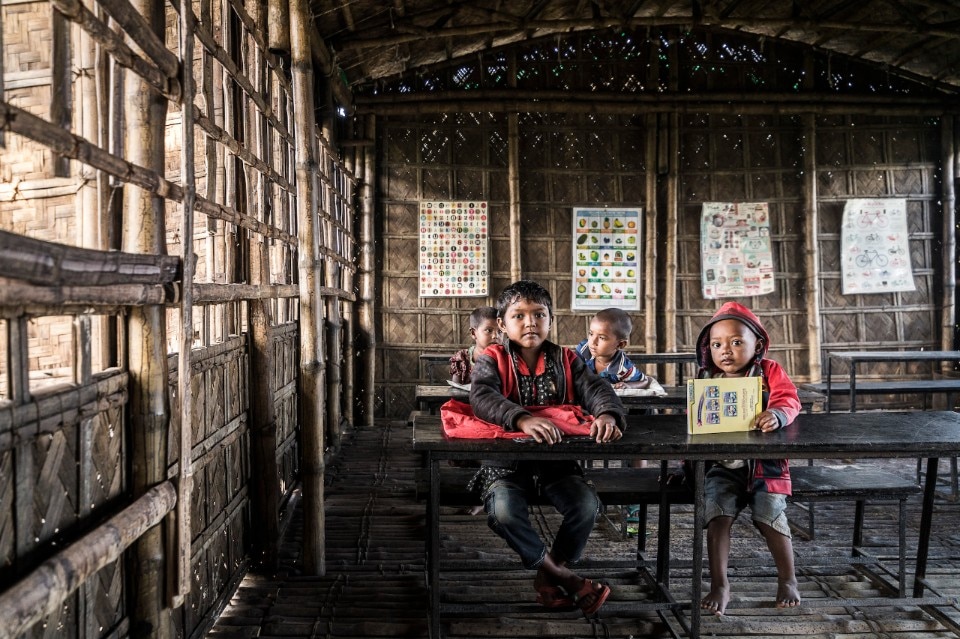
In order to chart a future course, references to past experiences can be insightful. The optimism of transformation shared here can find a similarity with the evolution of architectural modernity in postcolonial South Asia over several decades, resulting in the vibrant and thriving architecture culture of today. The role of climate and society have been crucial to this evolution. The pioneering efforts of Minette de Silva and Geoffrey Bawa of Sri Lanka, Achyut Kanvinde, Balkrishna Doshi and Charles Correa in India and Muzharul Islam in Bangladesh were fundamental in the making of this postcolonial architectural modernity. The pioneers’ efforts were complemented by the involvement of world-renowned architects like Le Corbusier and Louis Kahn, whose works also acknowledge climate and society.
In Bangladesh, Muzharul Islam played roles that went beyond the boundary of his own practice, including getting Louis Kahn, Paul Rudolph and Stanley Tigerman invited to work in Bangladesh, involving himself in national politics, and engaging with young architects in search of a socially, culturally and environmentally rooted architecture. The ideas of Muzharul Islam continue to be relevant and a vital source of inspiration for generations of architects in Bangladesh.


